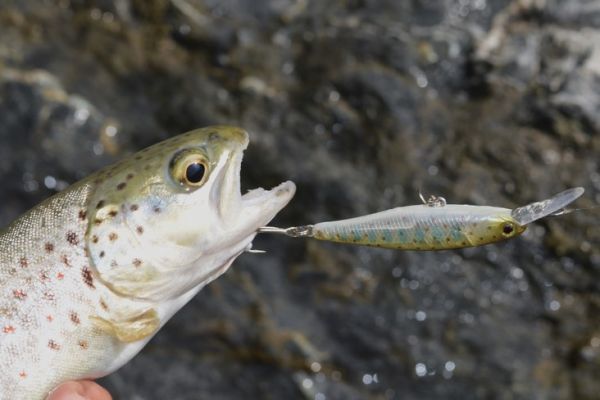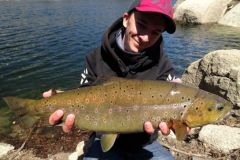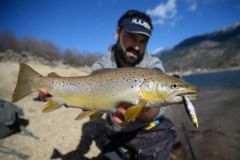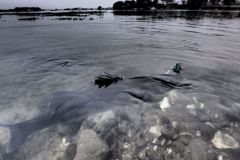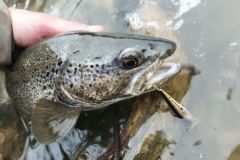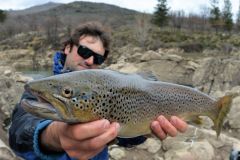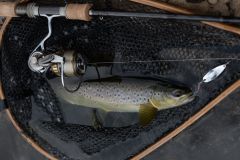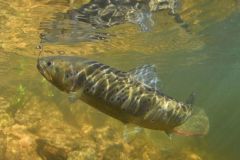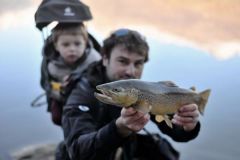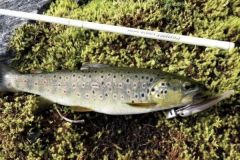For downstream surveys
Sinking minnows are excellent for fishing upstream with a nervous, present swim. Large-lip swimmers excel on slow, methodical downstream fishing. They move within a precise depth range, which can be adjusted by lifting the rod more or less. They do not sink, but plunge. It's not their high density that makes them go deep, but the force of the water on their long lip.
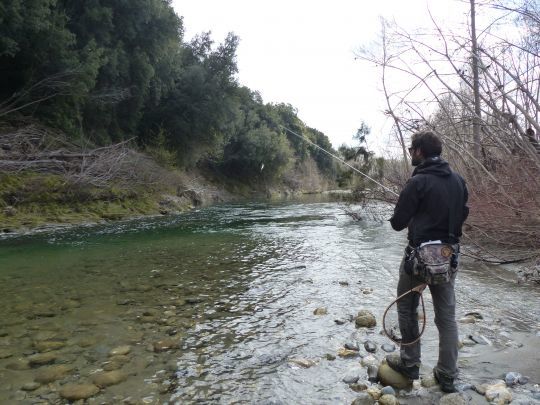
The swimming action of these fish is tight and they set themselves in motion simply by the force of the current or when retrieving. The water exerts pressure on their large, sloping lip, causing them to dive and swim to the desired depth. This means you can fish very slowly, insistently and attractively to seduce trout, simply by holding the lure in the water veins.
In terms of animation and retrieve, you can simply support the line and let it drift, either by letting it work on its own or by twitching to throw it off balance. In a lake, or to cross a current, you can also bring it back in line to beat ground.
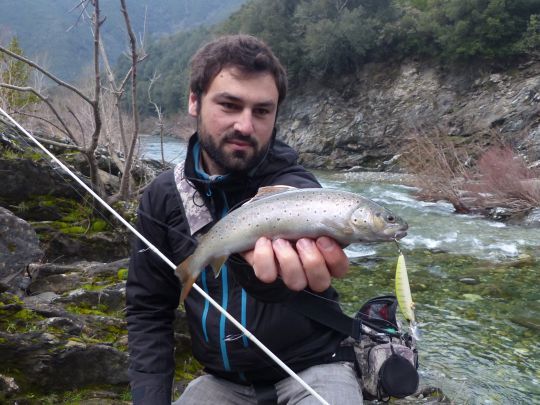
The large lip also acts as a bumper, preventing the lure from clinging too tightly to the bottom. If you scrape the bottom too much, you'll have to lift the rod so that the lure moves higher, or change to a less diving model.
The right equipment
As with spinners, this type of swimming fish pulls rather hard through the line. The bib will oppose its surface and its hold on the water. They should be used primarily for downstream fishing. A medium-weight rod will absorb the vibrations while allowing precise, directional control of the swimmer fish in currents, making it pass behind stones with varying degrees of insistence.
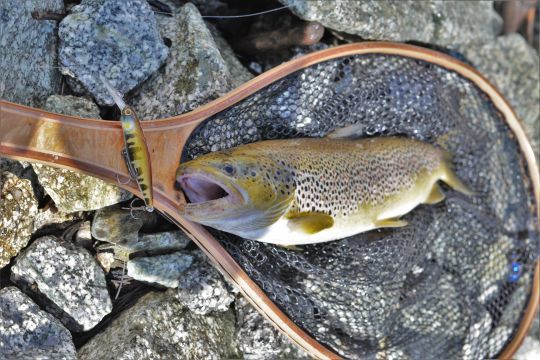
We're not looking for a fast recovery, but more for torque and comfort when reeling. An intermediate or even low ratio will provide the necessary torque, smoothness and comfort. For large swimfish models (over 70 mm), I generally use braid so as not to have the impression that my line is too elastic. For smaller models, nylon allows relatively precise animations and takes the very heavy hit that can occur when the trout seizes the lure and weighs directly with the current.
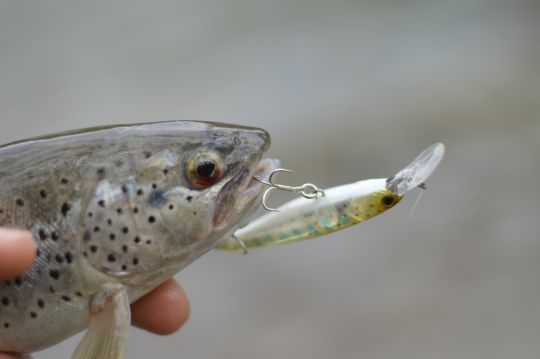
The rod must have a medium action. Too fast and the vibrations of the lure will be unpleasant and too slow and you will be less directional.
